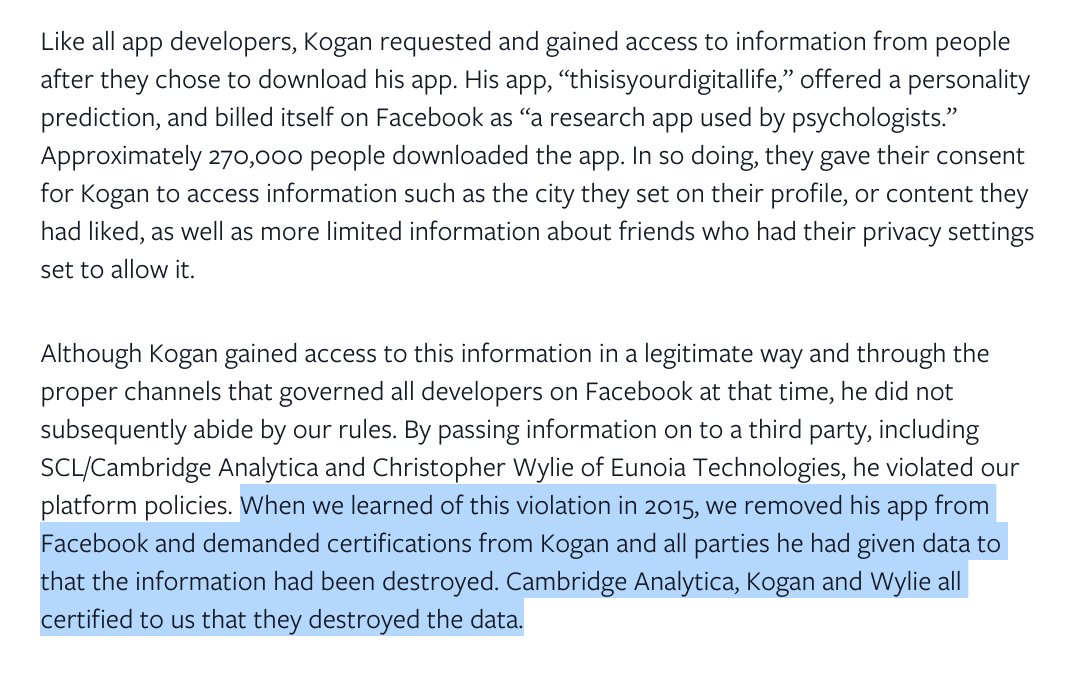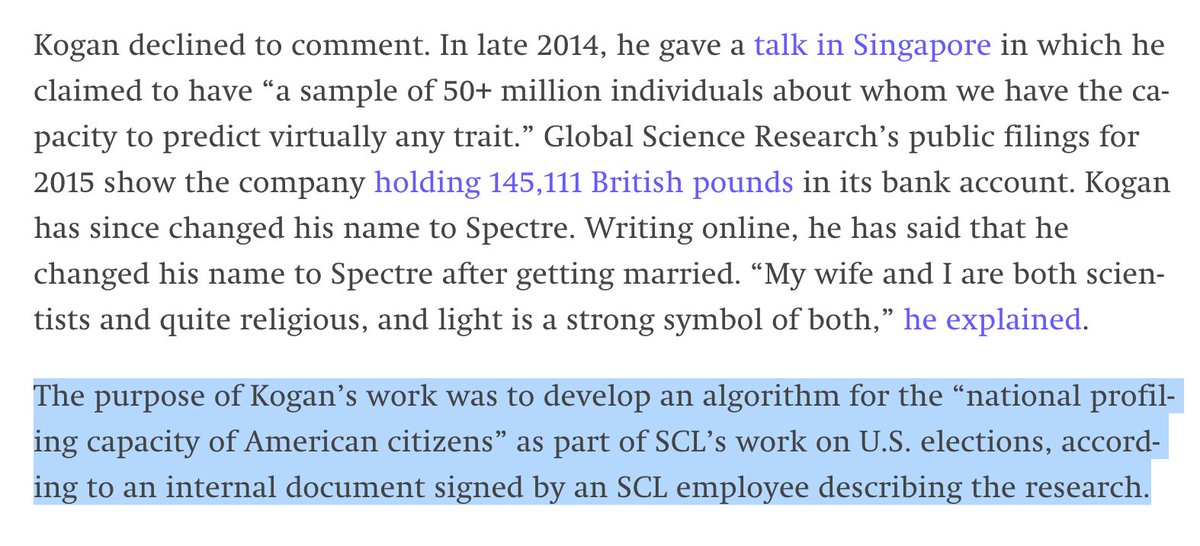Me now: ponders how all this data could be mined to train facial recognition algorithms on age progression and age recognition
Of course. And I'm not trying to say this is a crisis or that it's inherently dangerous. But just for fun, let's play this out.






